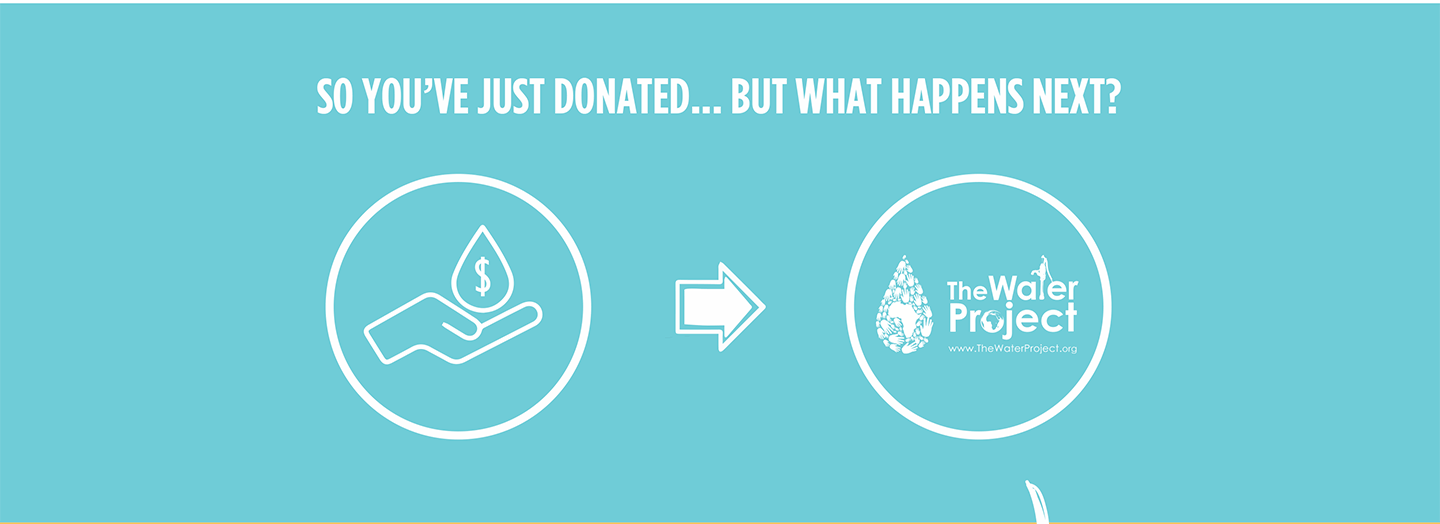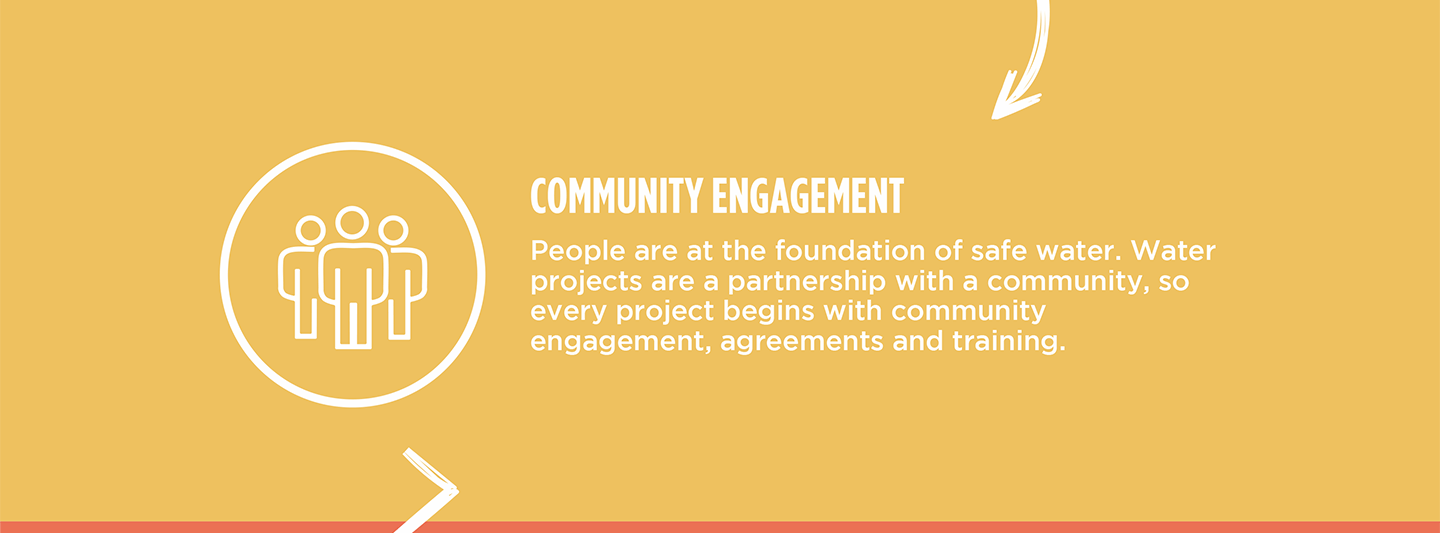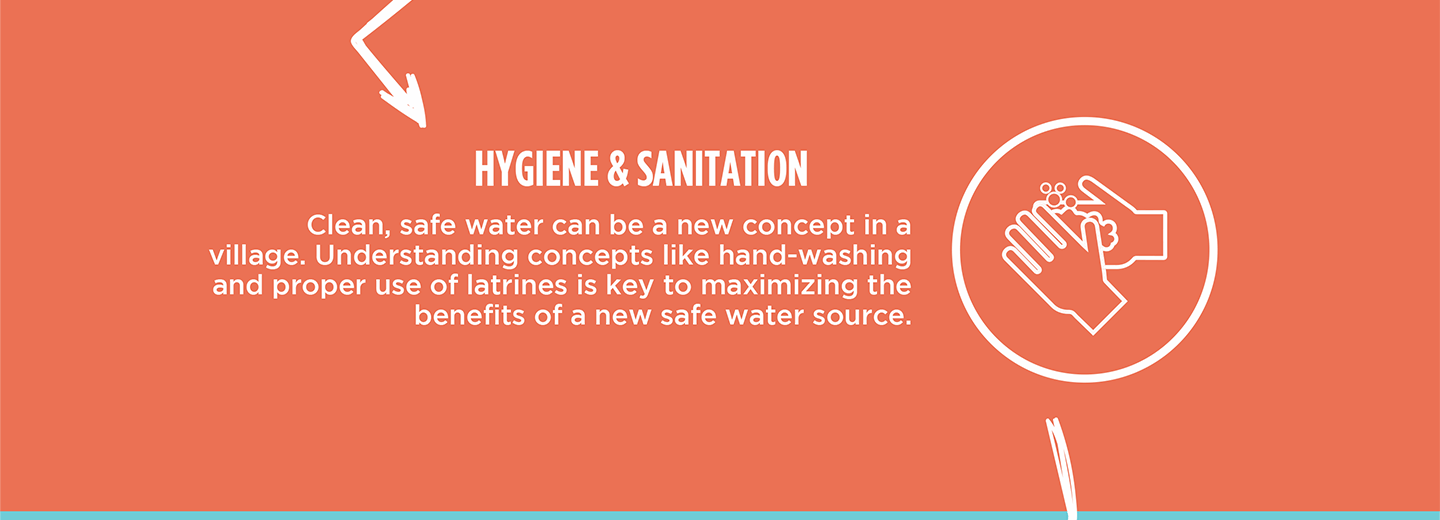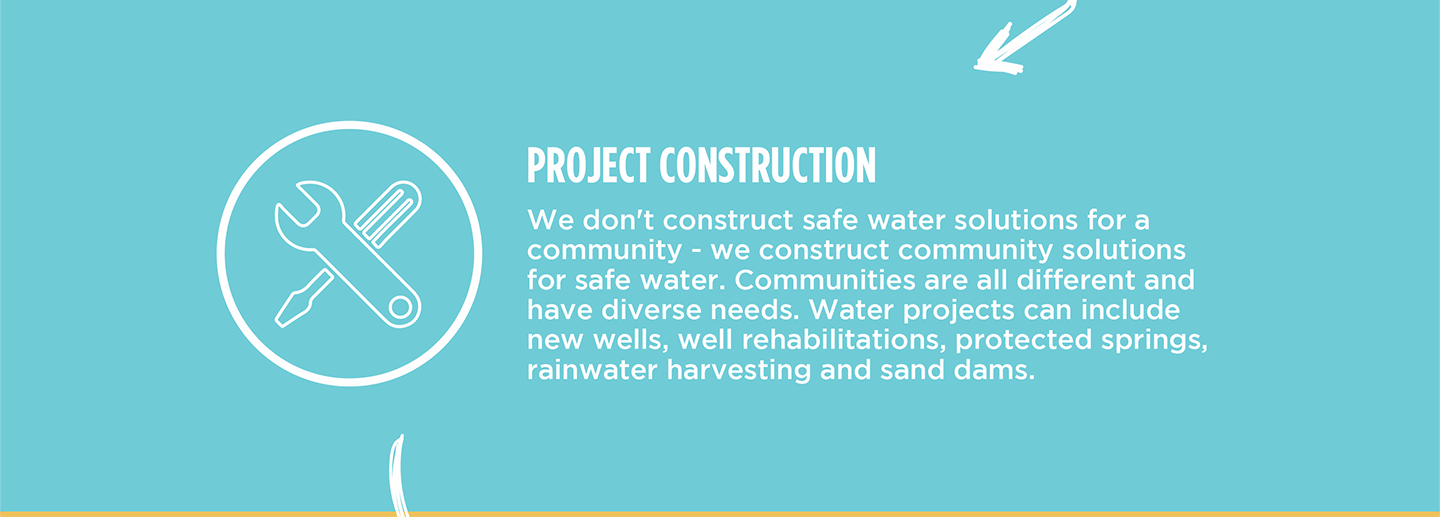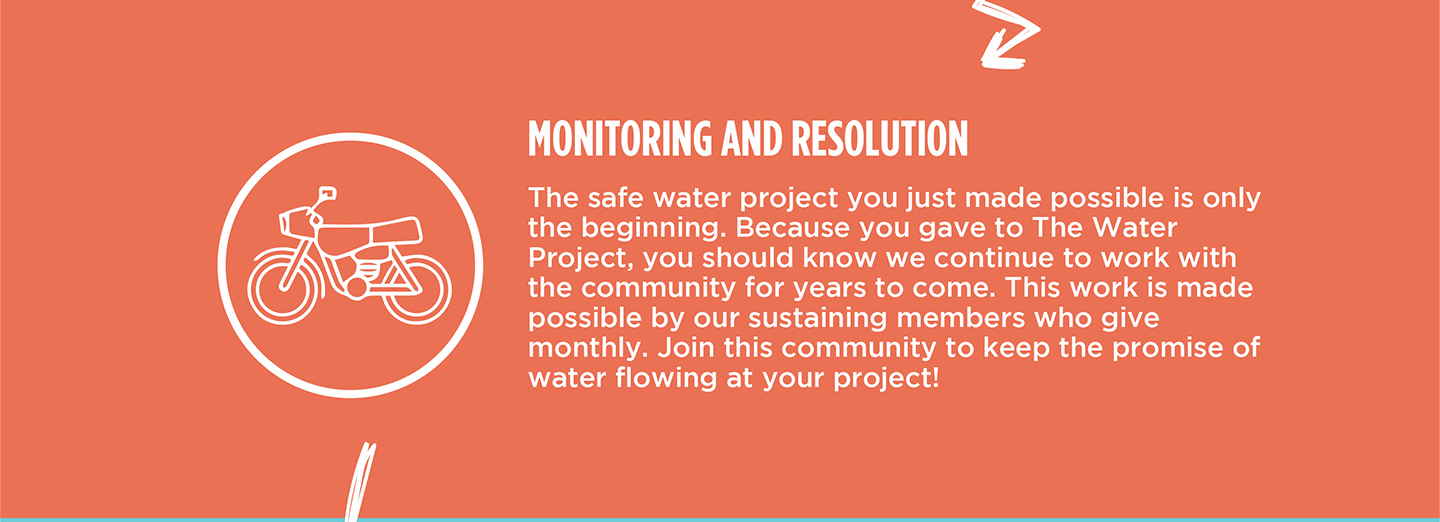In the Iftwetere Community, 210 people are dealing with rampant typhoid infections due to the contaminated water from Philip Were Spring. With no other options, they are forced to consume the contaminated water to quench their thirst.

Field Officer Rachel Obura shared, "The little income the parents get from their work, they even use it to have clean water when they buy firewood and also take their children for treatment [to the] hospital when they get sick from water-related illnesses."
43-year-old Risper Shikuku, a farmer by trade and mother at heart, has felt the stress of unclean water for too long. Her family is at risk, but there's little she can do to stop it.

Risper.
"My two children got diagnosed with typhoid; it was such a challenging time because I could not afford their medication. I was forced to seek alternative treatment methods, and this entirely put my children's health at greater risk," said Risper.
Typhoid is a serious bacterial infection spread through contaminated food or water that can be life-threatening when left untreated, especially in children. Unfortunately, those treatments are costly, so Risper often resorts to using less effective, more traditional treatment methods. She has no other option.
"Whenever a family member falls ill, my daily routine is disrupted as I must attend to them, which affects my income," she added.

Maize crops that require significant water.
"The little income the parents get from their work, they even have to use clean water when they buy firewood and take their children [to the] hospital when they get sick from water-related illnesses," shared Field Officer Rachel Obura.
Being a farmer means any time not spent on her vocation is missed income. Risper is stuck between a rock and a hard place, having to choose between feeding her kids and caring for them while they are sick. This is a common problem in the Iftwetere Community.

Risper washing dishes with unsafe water.
"Drinking contaminated water is unsafe and can lead to illness, which may require costly medical treatment. If urgent action is not taken, the community will face a surge of waterborne infections, affecting its progress," Risper added.
Protecting the community spring will allow Risper to work her farm and provide for her family. They won't have to live in fear of getting sick and can pursue the things that matter to them!
"Access to clean drinking water enables communities to develop and grow their economy. This community will be able to grow economically with [an] existing supply of clean, safe water," concluded Risper.
Steps Toward a Solution
Our technical experts worked with the local community to identify the most effective solution to their water crisis. They decided to safeguard the existing flowing spring.
Spring Protection
Springs are natural water sources that originate from deep underground. As water travels through various layers of the earth, it undergoes a natural filtration process, making it cleaner and safer to drink. To protect these spring sources from contamination, we construct a waterproof cement structure around layers of clay, stone, and soil. This design channels the spring water through a discharge pipe, facilitating easier, faster, and cleaner water collection.
Chlorine Dispenser
As an extra measure towards water quality safety, uniquely engineered chlorine dispensers are installed at all of our spring protection projects so community members can treat their water with pre-measured doses of chlorine. The chlorine treats any residual contamination and stays active for two to three days, ensuring water stays safe to use even when stored at home. Chlorine delivery and maintenance of the dispensers are part of our ongoing community support.
Community Education & Ownership
Hygiene and sanitation training are integral to our water projects. Training is tailored to each community's specific needs and includes key topics such as proper water handling, improved hygiene practices, disease transmission prevention, and care of the new water point. Safe water and improved hygiene habits foster a healthier future for everyone in the community. Encouraged and supported by the guidance of our team, a water user committee representative of the community's diverse members assumes responsibility for maintaining the water point, often gathering fees to ensure its upkeep.

 Protected Spring
Protected Spring
 Rehabilitation Project
Rehabilitation Project



























